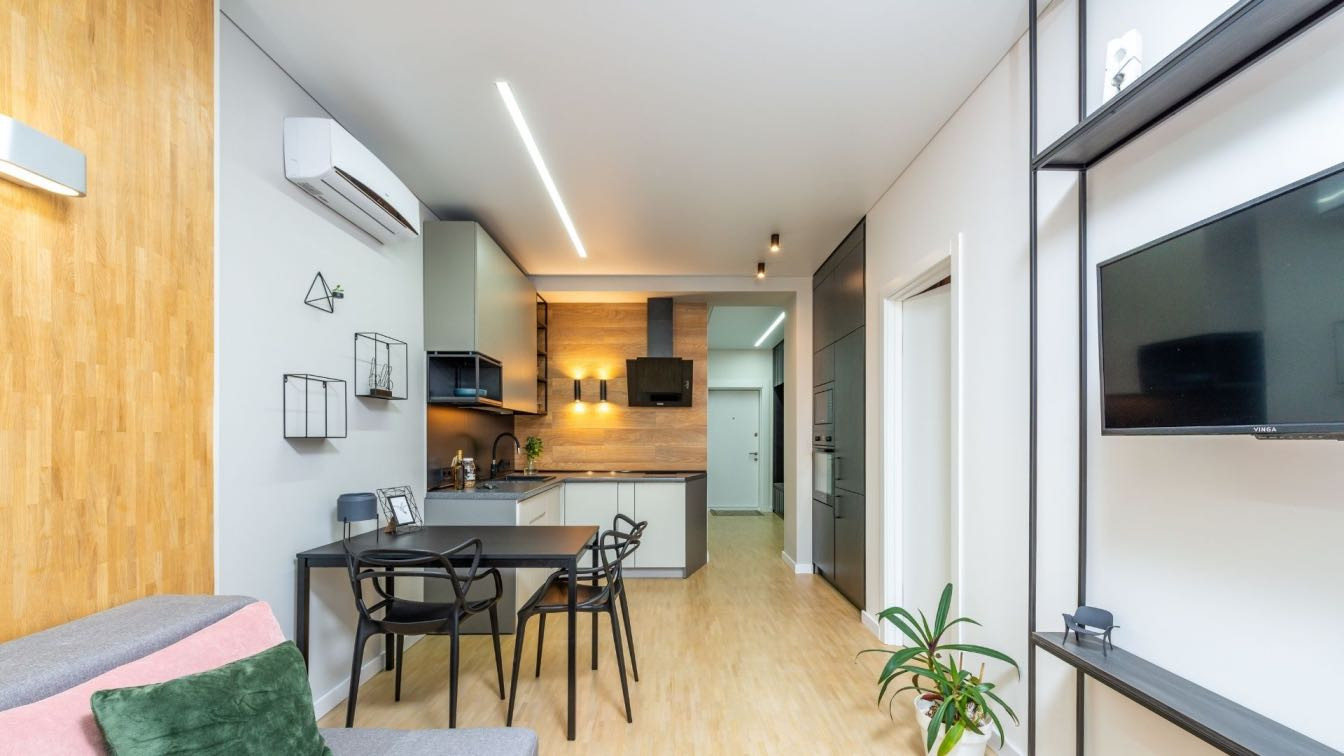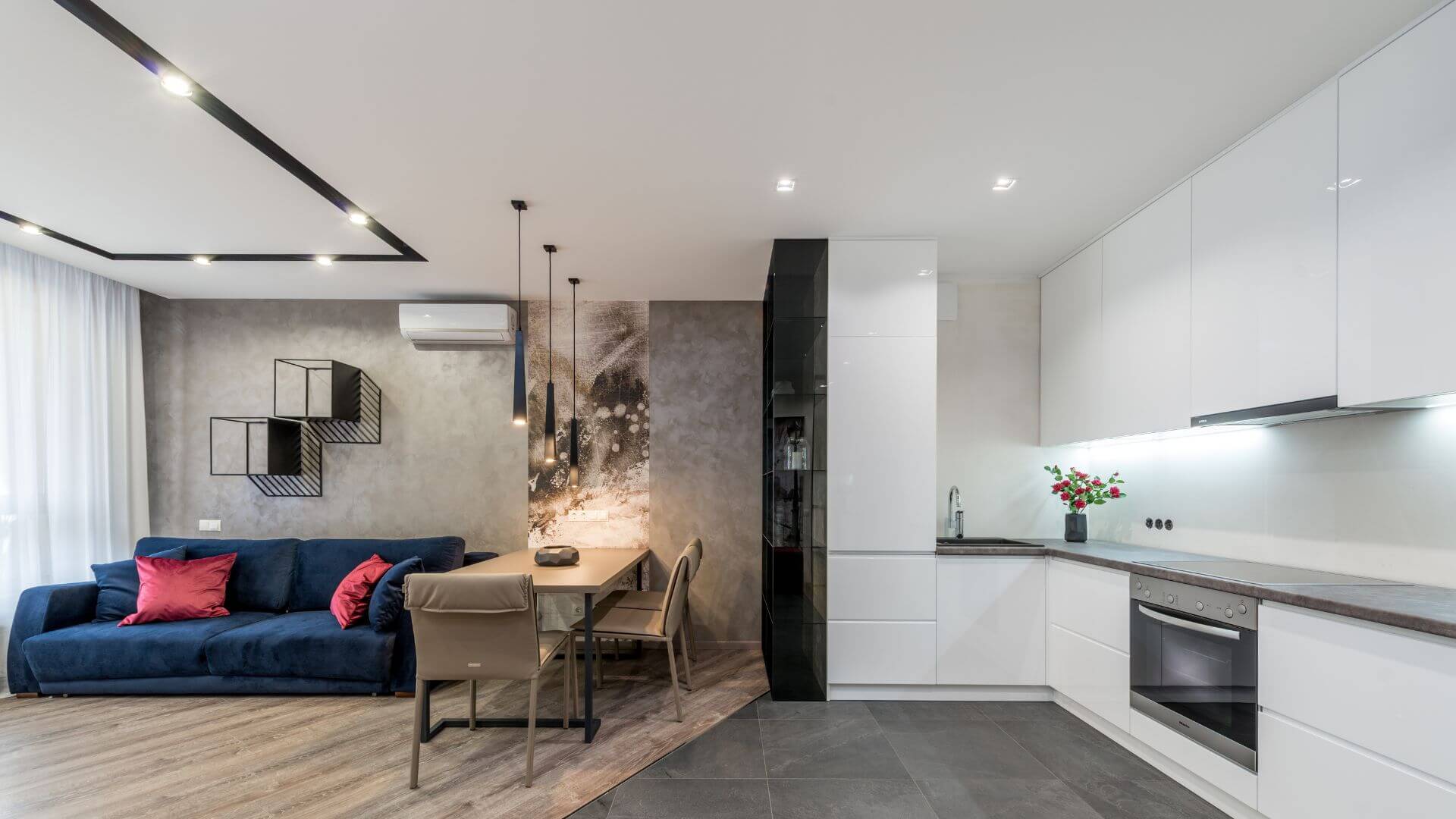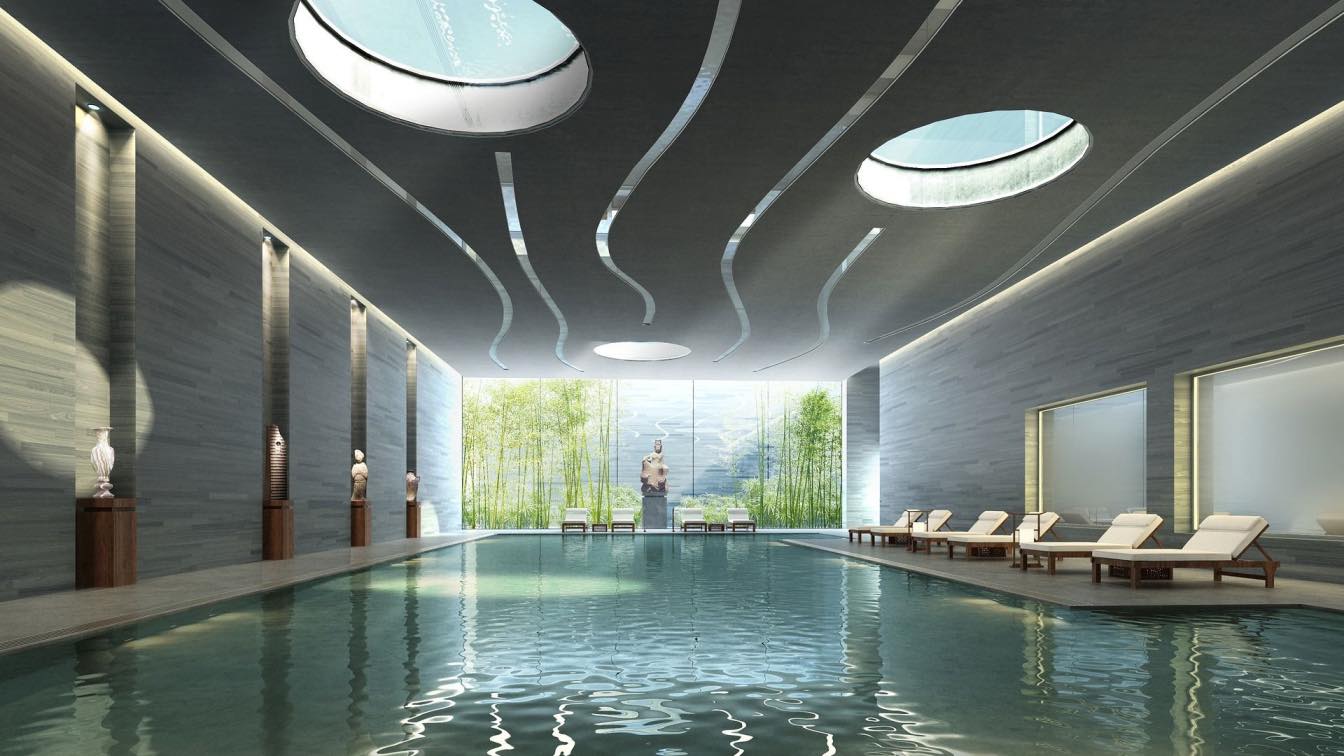As the summer months approach, homeowners face the challenge of keeping their homes cool and comfortable without compromising on design. The solution? Combining your air conditioning system with your home design. By considering both aesthetics and functionality when installing an air conditioning system, you can ensure that your home looks great while staying cool in even the hottest weather. Here's how:
1. Hire a Professional for the Installation
It's important to remember that air conditioning installation is a job best left to professionals. Not only will you have your AC Installation in North Texas done in a timely and efficient manner, but you'll also have peace of mind knowing that the job has been done correctly. A trained technician can also provide valuable advice on where to install the AC, what type of climate control system to use, and any other questions you may have. With their experience and expertise, they can ensure that your AC unit is properly installed, connected, and working at peak efficiency. Keep in mind that repairs and maintenance should also be left to professionals for the best results. If you live in Florida, for example, looking up Sarasota AC Repair should get you the best local professionals. Don't trust just anyone with your cooling system.
2. Choose an Aesthetically Pleasing AC Unit
Regarding air conditioning, looks can be just as important as function. One option is to choose an AC unit that blends into your home's existing design. For example, if you have a modern interior design theme, consider choosing an AC unit with sleek lines and minimalistic features that won't draw attention away from the other stylish elements in your home. If you prefer something more traditional, look for an AC unit with classic detailing or decorative grilles. You could even opt for something unique like an exposed duct system or vintage-style registers – whatever suits your style.
Another way to ensure your air conditioner blends into its surroundings is by painting it to match the walls or other nearby surfaces. This works especially well for window units since they're designed to fit into smaller spaces without visually dominating them. You can create a seamless transition between the wall and the air conditioner with some light sanding, primer paint, and a few coats of color-coordinated paint.
Ensure your air conditioning system is appropriately sized and placed for maximum efficiency. This means ensuring the unit is manageable for the space it's cooling, as either can lead to wasted energy and higher bills. Consider the layout of your home when deciding where to install the AC. Try to place it in an area with plenty of airflow, such as near a window or door. Additionally, make sure to include a duct access door for easier maintenance and efficiency. It would be best if you also planned for the best climate control possible by installing ceiling fans and noting which rooms need AC most.
3. Plan Ahead For Efficiency and Comfort
Ensure your air conditioning system is appropriately sized and placed for maximum efficiency. This means ensuring the unit is manageable for the space it's cooling, as either can lead to wasted energy and higher bills. Consider the layout of your home when deciding where to install the AC. Try to place it in an area with plenty of airflow, such as near a window or door. It would be best if you also planned for the best climate control possible by installing ceiling fans and noting which rooms need AC most (e.g., bedrooms versus living areas).
4. Deciding on a Location for Installation
When it comes to installing an air conditioning system, the location is crucial. Ideally, you want to position your AC unit so it won't interfere with other elements of your home's design. For example, if you have decorative wall sconces or artwork near the area where you plan to install the AC unit, move them or find another spot to place the AC. You'll also want to leave enough space around the unit for air circulation and easy access.
Beyond that, it's important to consider how you'll use the AC unit. If you're looking for a system that will provide cooling throughout your home, install the unit near an interior wall near bedrooms or living spaces. On the other hand, if you're looking to cool down specific areas of your home, such as a sunroom or a patio, you should install the AC unit close to those spaces.
5. Incorporating Smart Technology
Smart technology is an increasingly popular way to control your air conditioning system. To take advantage of this trend, you can install a programmable thermostat to adjust the temperature and other settings from anywhere in your home. Additionally, some AC units come with smart sensors that detect changes in humidity or temperature and automatically adjust the unit accordingly. Not only does this provide you with greater convenience and control, but it also helps reduce energy costs by ensuring that your AC is only running when and where it's needed.
6. Select Energy-Efficient Units
When it comes to air conditioning systems, there's no one-size-fits-all solution. Different units offer different levels of energy efficiency, so it's important to look for one that matches your needs and budget. For example, if you live in a particularly hot climate, you'll want an AC unit with a higher SEER rating. SEER, which stands for Seasonal Energy Efficiency Rating, measures how much cooling power your unit can deliver per every watt of electricity used. The higher the number, the more efficient your unit and the lower your energy bills.

Ultimately, the key to creating a successful air conditioning system is to plan and select an AC unit that fits your home's design. By following the tips outlined above, you can ensure that your system provides optimal performance while blending seamlessly with its surroundings. Ultimately, this will help make your home more comfortable and energy-efficient.





